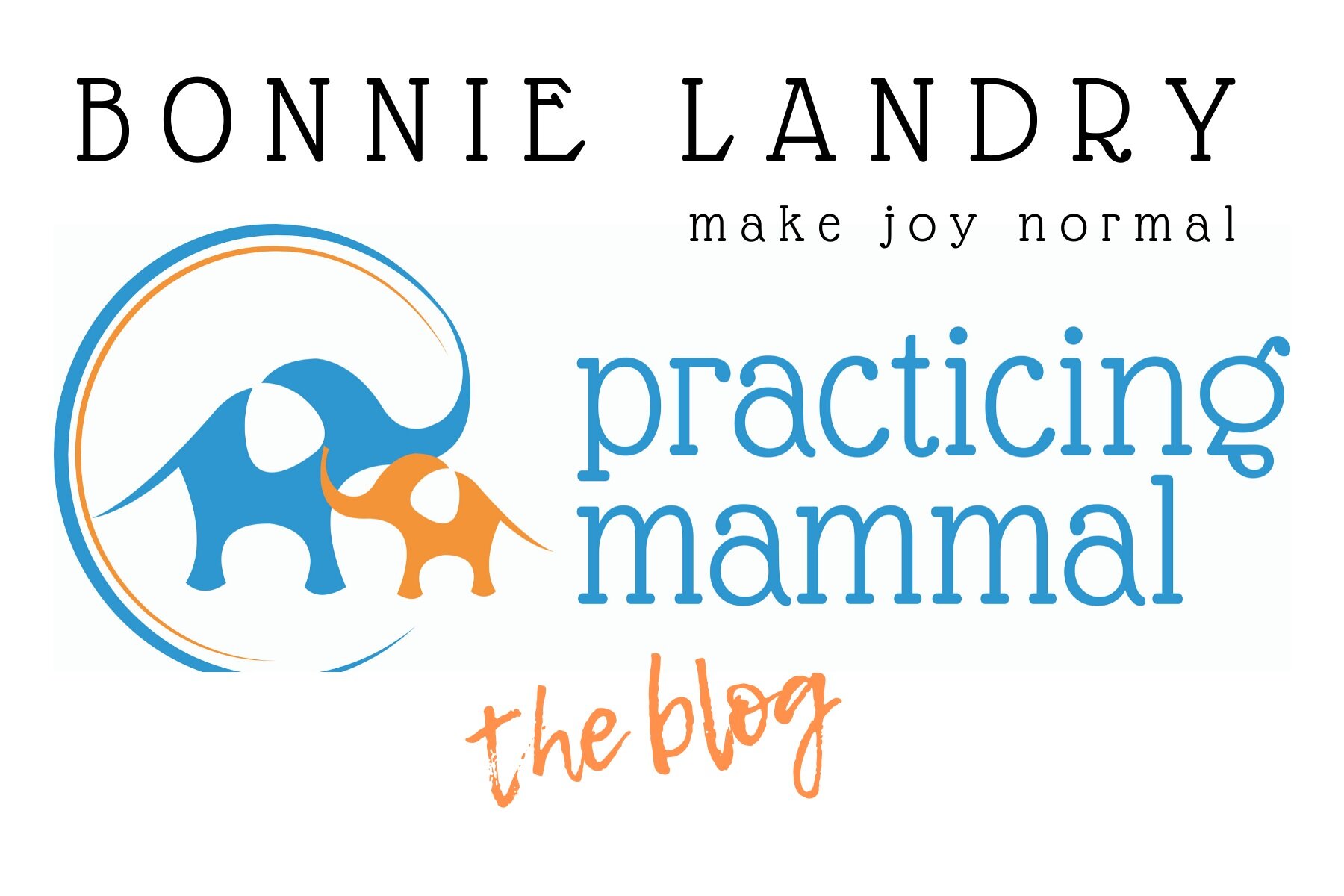getting the most out of your books, introduction
Convinced that READING ALOUD is vital to family life, it’s important to discuss how to get the most out of any book you read. In fact, how to form your children to read with curiosity and intent.
If you want learn about your back yard, you get a shovel and dig around. You get a magnifying glass and you look at things up close. You get some resource books to tell you about what you’re looking at. You get your hands dirty.
Getting your hands dirty while reading looks a little different. For example, your hands don’t actually get dirty. Only metaphorically. But to get the most out of a book, dig around, look up close, gather some resources. Ask questions!
Rudyard Kipling wrote this poem (it’s actually a part of a poem), which we can apply to all our lives, but in this case, let’s apply it to reading.
I keep six honest serving men
(They taught me all I knew);
Their names are What and Why and When
And How and When and Who.
We do not require Cole’s notes to answer these questions. But we will feed curiosity by having a few resources close at hand while we read, and encouraging their use.
Maps. No home is really complete without a map of the world, now, it is? And a globe. Because that’s real time. Or real place, I suppose. When we read, we should be able to lean over and poke a place on a map and say, “look, this is happening here.” “Here’s where we live, is it near? How would we get there? What is nearby? What people live there?” And thirty or forty other questions that can and should pour forth over the course of reading a book.
Being a map kind of person, I usually have a world map, a Canadian map (because we should know what country we live in and what it looks like…you know, all the provinces a different colour) and a local map…local in our case being Vancouver Island. We also have a map of the area our book is about. So there is some universal reference point, and also some specific reference points. So our children can see what China or Greece looks like in greater detail, and where the piece (China or Greece) fits into the big puzzle of the world map.
Maps and globes don’t need to be expensive…student varieties start around 15 to 20 bucks. Money well spent. Word to the wise.
If you buy a paper map, it will last approximately three weeks. Two weeks if you have a toddler.
If you buy a laminated map, it will last approximately ten years.
There are lots on line to print, too. See the right hand sidebar for links.
We can learn how to use the map key every time we use the map.
And then, of course, for even greater detail, we can add an atlas into the mix and learn how to use it every time we have to look something up. And we should look stuff up. Because it’s cool to know stuff.
As parents, we are the microscope. We point and focus attention to details that might not get noticed. We don’t have to beat them over the head with it, just be excited about it…a little detail here, a place there, some geography here. Some discussion of different cultures, food, clothing, language, migration of people, ownership of land, rivalry between countries, nationalism, politics.
That can all start with just having a map somewhere visible, nearby where you read.
I’m not even kidding.
Next up: TIMELINES
